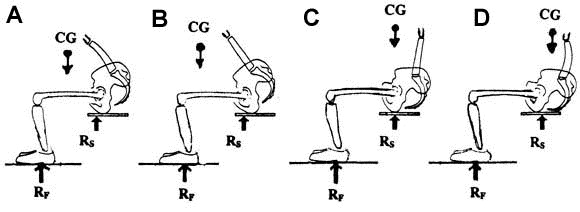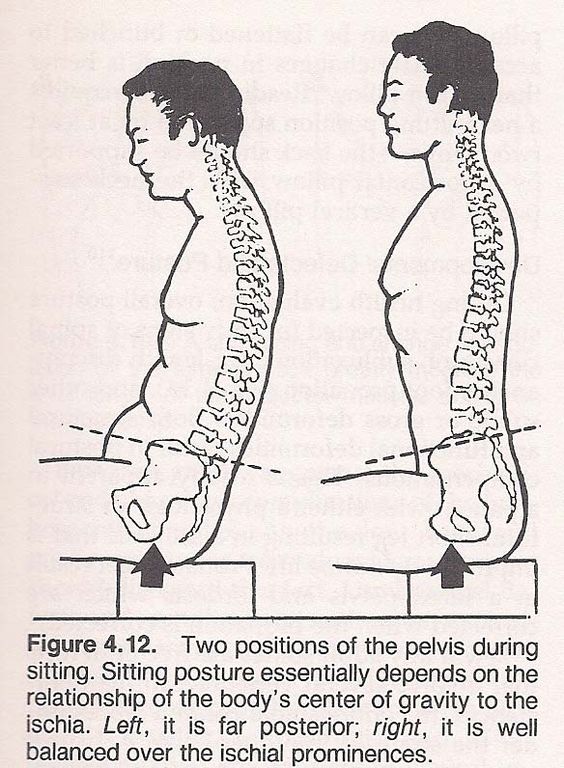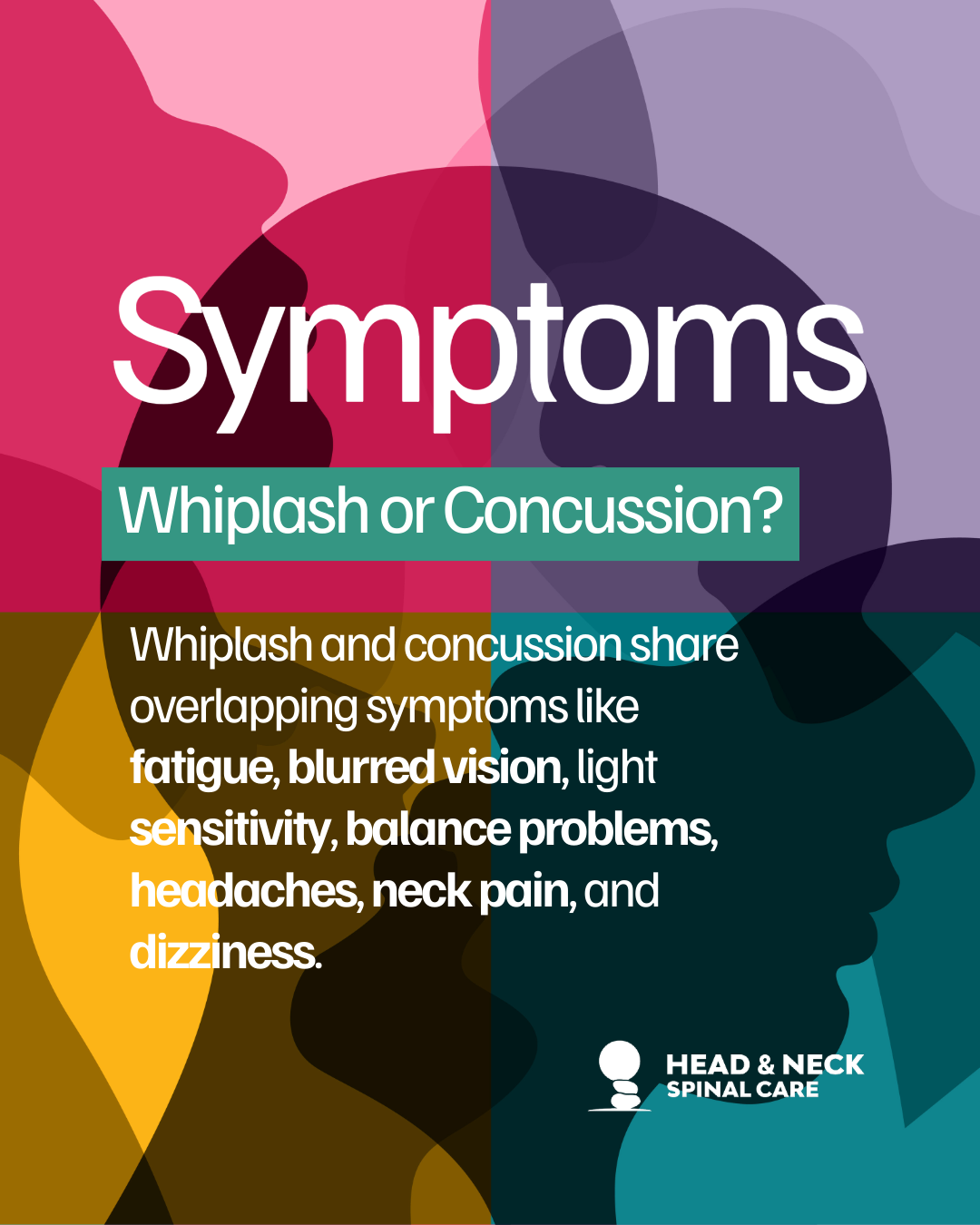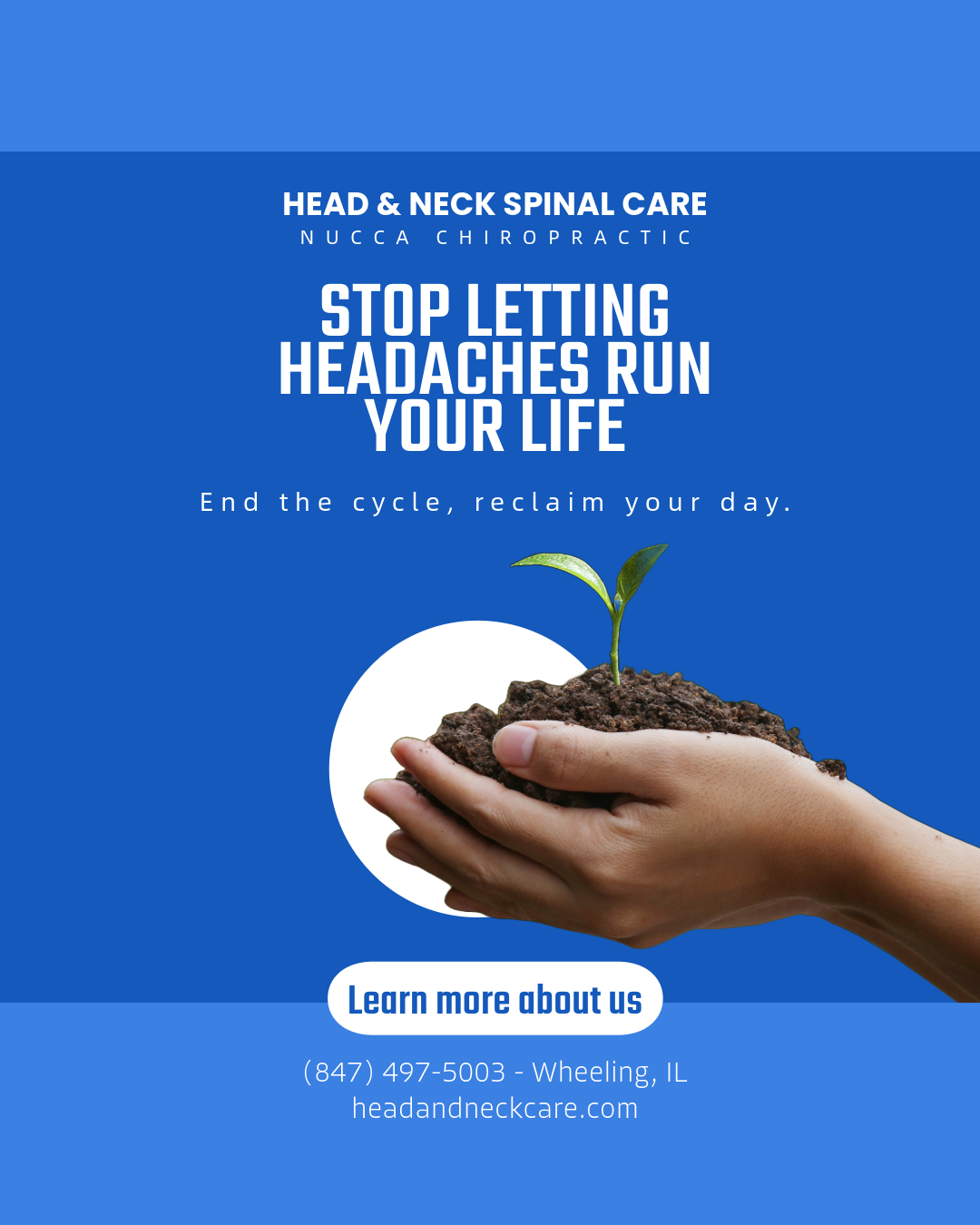
Low back pain has become one of the most common complaint in the industrialized world where sitting is often required. Low back spine is the most frequently damaged (L4/L5) region, whereas it is the largest in size.
How we sit and what we sit on affects the health of the spine. It’s important to root proper sitting in life because the effect of poor sitting can be tremendously destructive on our spinal health.
We know how sitting can be dreadful, but how can we tell what the best posture is? Just being aware and conscious of the orientation of the body can be dramatically helpful to keep the posture intact.
What is the best posture?
The definition of posture is the relative orientation of parts of the body in space. The best posture is where it imposes the least amount of stress on the body. In other words, the best posture is where the muscles are working efficiently to resist the effects of gravity while standing or moving. When you are in a good posture, it is, therefore, the neutral state of the body orientation in space.
What is the purpose of sitting?
The sitting position removes the body weight from the feet and maintains a stable posture without unnecessary muscles to get involved, but rather relax. Ideally, the weight of the body is transferred to a supporting body area mainly by the ischial tuberosity of the pelvis and their surrounding soft tissue. Please see the picture above to find the ischial tuberosity of the pelvis.


What does sitting do to my back?
Sitting causes the pelvis to rotate backward, stretches the hamstring, and flattens the curve in the lower back spine. An increase in disc pressure is inevitable. There are 3 types of sitting positions that are normally distinguished: anterior, middle, and posterior. These are all different in spinal orientation, postural position, and the center of weight transfer. When you look at the picture, it describes how the pelvis can be posteriorly tilted or anteriorly tilted. The optimal sitting position wants to keep the spine in a neutral position for as long as possible.

What is the best seat inclination angle to avoid forward head posture when I’m driving?
On a driver’s seat, the curve in the lower back is affected mostly by the trunk-thigh angle and the knee angle. A study suggests seats with a backrest inclination of 110 degrees with natural lumbar support have the lowest disc pressures from spinal muscles. The same study claims that it reduces the forward head posture most efficiently at the specific angle.

How can I find the most neutral pelvis position when I sit?
There is no single ideal sitting posture. There are a variety of chairs that allow different users to sit in a variety of postures. To set the lower part of the spine in a neutral position, sit on your chair and try these steps. Try to rotate the pelvis anteriorly as far as possible. Now, rotate the pelvis posteriorly as far as possible. Now, you can repeat these steps and try to feel where the most neutral position of the pelvis is.
Harrison DD, Harrison SO, Croft AC, Harrison DE, Troyanovich SJ. Sitting biomechanics part I: review of the literature. J Manipulative Physiol Ther. 1999 Nov-Dec;22(9):594-609. doi: 10.1016/s0161-4754(99)70020-5. PMID: 10626703.




